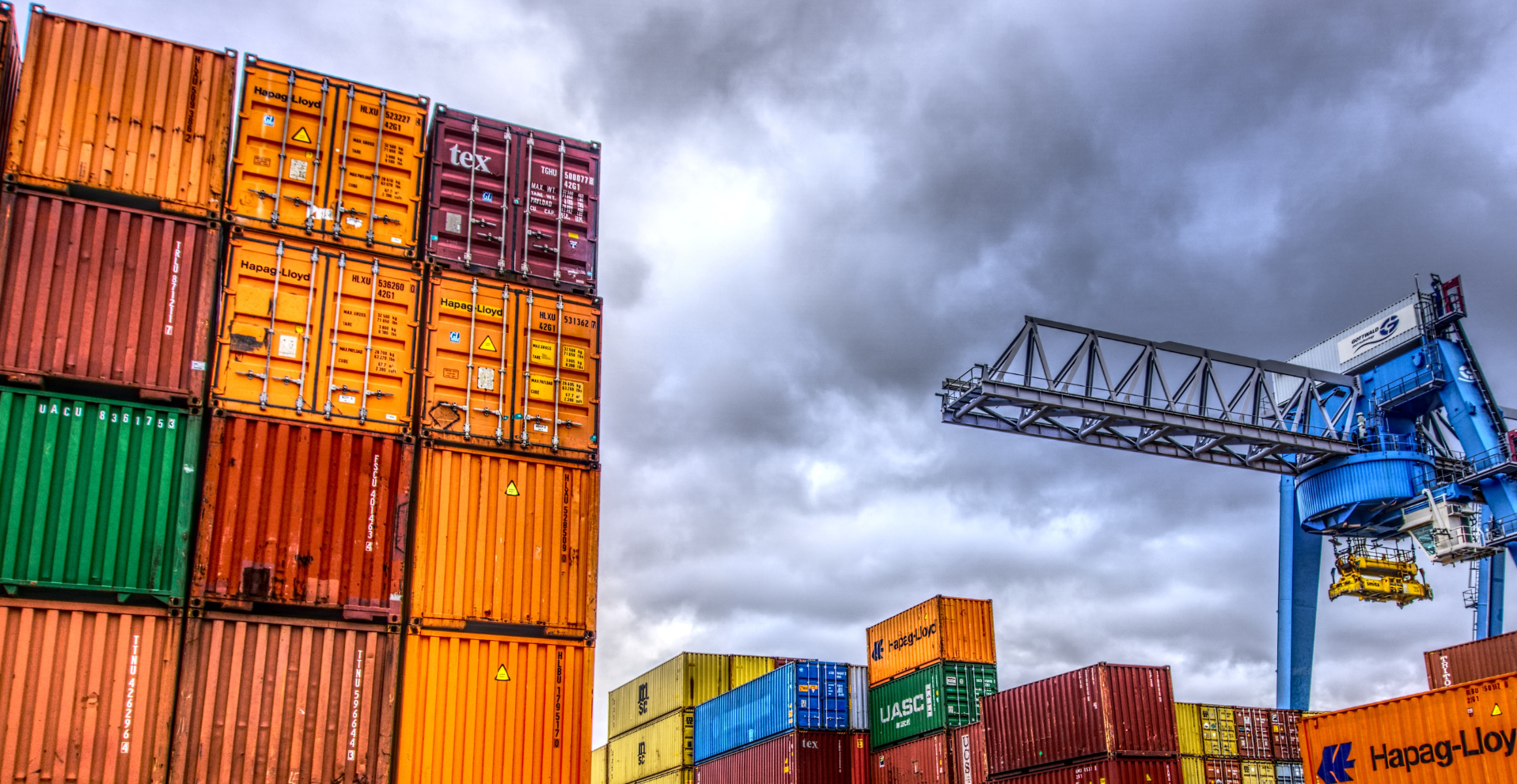
In this context, ExFreight has revolutionized air freight shipping and ground logistics by offering a digital platform that automates key processes, such as quoting, booking, and shipment tracking, all while aligning with technical and market-specific constraints. While air freight is prized for its speed and reliability, it operates under strict structural limitations. Meanwhile, LTL freight consolidation optimizes the use of shared ground space, becoming essential for national and regional shipments. Both solutions require in-depth logistics knowledge to be used effectively in today’s operations.
Air Freight Restrictions: Technical Limitations and Their Planning Impact
One of the most critical factors in air freight transport is the height limitation imposed by aircraft type and the configuration of ULDs (Unit Load Devices). Aircraft used in international air freight services, including passenger planes with cargo compartments or dedicated cargo aircraft, have standardized dimensions that restrict the maximum allowable cargo height. While lower compartments can accommodate moderate dimensions, exceeding these height limits means the cargo must be loaded onto the aircraft’s main deck, which significantly increases costs and reduces space availability.
These limits are critical when preparing air freight quotes and defining service specifications. Underestimating a shipment’s height can result in carrier rejection, rebooking delays, or unexpected surcharges. Furthermore, these restrictions directly influence the calculation of dimensional weight, a billing system used by airlines that charges based on volume, not just actual weight. The penalty for underutilized space is exceptionally high for bulky but lightweight goods. According to the document “Air Freight Cargo Height Restrictions”, poor dimension planning leads to space underutilization and unnecessary costs. This is why air cargo rates apply a cubic factor—every extra centimeter translates to higher billing weight.
LTL Freight Consolidation: An Efficient Strategy for Optimizing Ground Transport
In ground transportation, LTL freight consolidation addresses another essential challenge: maximizing truck capacity by combining multiple shipments. This strategy is ideal for businesses that don’t regularly fill a full truckload. By grouping freight from various origins going to nearby or similar destinations, carriers increase load factors and lower per-shipment costs. This approach not only improves cost efficiency but also promotes sustainability by reducing the number of partially loaded trucks on the road.
Studies, such as “An Evaluation of Freight Consolidation Policies in Global Third-Party Logistics,” demonstrate how global logistics providers have implemented freight transportation policies that strike a balance between service quality and operational efficiency. The mathematical model analyzed in the study revealed significant improvements in service performance and cost reductions when collaborative consolidation is applied. Similarly, the report “Design of Decision Support Models for FTL and LTL Shipping” presents decision-making tools that help planners evaluate key variables, such as delivery windows, vehicle availability, and cargo compatibility, to design optimal consolidated routes. These models also account for real-world challenges, such as delays, accessorial charges, and the use of third-party services.
ExFreight has fully digitized this process, enabling users to generate LTL quotes, access real-time shipping freight LTL options, and consolidate shipments through an interface integrated with logistics services databases. This simplifies planning, eliminates human error, and strengthens logistics management by offering transparent pricing and instant carrier comparisons.
Air Network Strategies: How ExFreight’s Digital Infrastructure Optimizes Cargo Movement
International air cargo transport is significantly influenced by the structure and configuration of logistics networks used to transport freight across continents. These networks are designed with regulatory, economic, and operational factors in mind, including bilateral air transport treaties and the availability of specialized airport infrastructure. Within this framework, ExFreight has developed a digital platform that enables efficient operation across liberalized and interconnected markets, including North America, Europe, Asia, and Latin America, adapting to the changing dynamics of global trade.
ExFreight’s network strategy focuses on route optimization, operational flexibility, and technological integration. This allows users to access more accurate itineraries, shorter transit times, and more competitive rates. By using algorithms that prioritize efficiency, each shipment is aligned with dimensional restrictions, including air freight cargo height limits. This alignment is crucial for preserving service integrity and avoiding penalties for oversize loads.

Determinants of Air Cargo Volume: Economic, Geographic, and Operational Factors
Air cargo volumes are influenced by a combination of economic, geographic, and operational variables, as outlined in the study “Determinants of Air Cargo Volumes.” The most relevant factors include GDP 
Operational variables such as the number of cargo-dedicated flights, schedule consistency, and load factors also impact volume. Therefore, it is essential that cargo specifications, particularly weight and height, match the capabilities of both the airport and the aircraft. ExFreight integrates these variables in real-time to provide instant air freight rates, taking into account both macroeconomic indicators and carrier-specific availability. This minimizes planning risks and enhances predictability in international air freight services.
Frequently Asked Questions (FAQs)
What are destination terminal fees, and when do they apply?
Destination terminal fees are charged when cargo is offloaded from a ship, aircraft, or container. If you book a shipment on a DOOR TO PORT basis, these fees are not included, and the consignee must cover them and arrange for customs clearance. When you book DOOR TO DOOR service with ExFreight, these fees are included in the rate.
What is the difference between dimensional weight and actual weight?
Actual weight is the physical weight of the shipment. Dimensional weight (DIM) is based on the volume of the package, not its weight. Carriers charge based on the chargeable weight, which is the higher of the two. ExFreight calculates this automatically when generating an air freight quote.
What is the maximum limit for air freight?
Under international conventions such as the Warsaw and Montreal Conventions, carrier liability is limited to 22 Special Drawing Rights per kilogram, unless a higher value is declared. ExFreight offers insurance coverage at the time of booking to protect your cargo in such cases.
Smart Logistics Starts with Technical Insight and Digital Tools
In an increasingly complex logistics environment, fully understanding air freight height restrictions and implementing strategies such as LTL freight consolidation enables businesses to control costs, ensure compliance, and enhance service delivery. ExFreight offers a market-leading digital platform that automates these processes from real-time quoting to booking and tracking. Whether you need to optimize your air freight transport or consolidate domestic ground shipments, ExFreight’s intelligent approach empowers scalable logistics without sacrificing quality or transparency.




Leave A Comment
You must be logged in to post a comment.